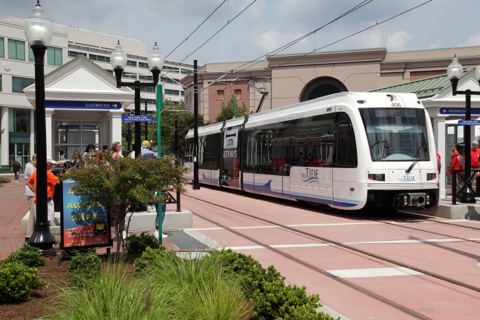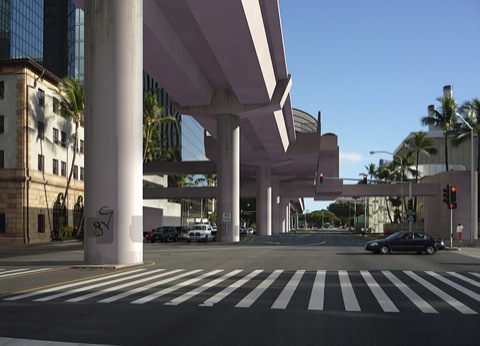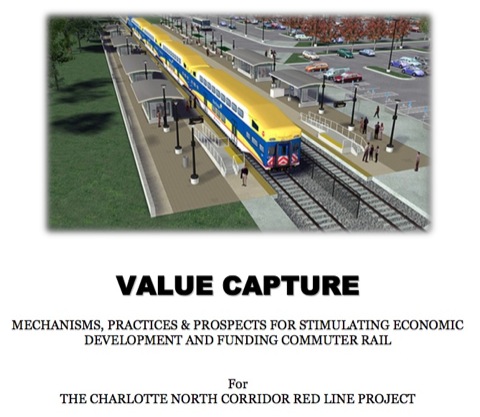Many people are chortling that the libertarian Heartland Institute, one of the leading skeptics of anthropogenic climate change, had documents about its campaigns stolen and published. This is only fair, they say, since Heartland didn’t complain when someone stole the emails of leading government-funded climatologists that showed that the scientists were manipulating the data to make global warming appear more real.
Now global warming activist Peter Gleick has admitted that he is the one who used subterfuge to obtain the Heartland documents. Heartland had claimed that one of the documents was faked. Gleick says someone sent him this document anonymously, and to confirm it Gleick called Heartland pretending to be a board member and asked to have the institute’s board reports sent to him. He then released all the documents, including the spurious one, to the press.
As the Wall Street Journal observes, what the documents actually reveal is that Heartland operates on a relative shoestring budget funded mainly by individual donors, not corporations or government. It did receive a small grant from the infamous (and libertarian) Koch brothers, but Heartland says that grant was for a health care project, not climate change. Heartland’s total annual budget of less than $8 million is a tiny fraction of the budget of such groups as Natural Resources Defense Council ($95 million) or World Wildlife Fund ($238 million). Yes, those groups do other things with their money but so does Heartland.











